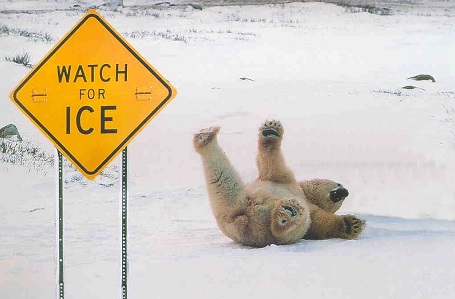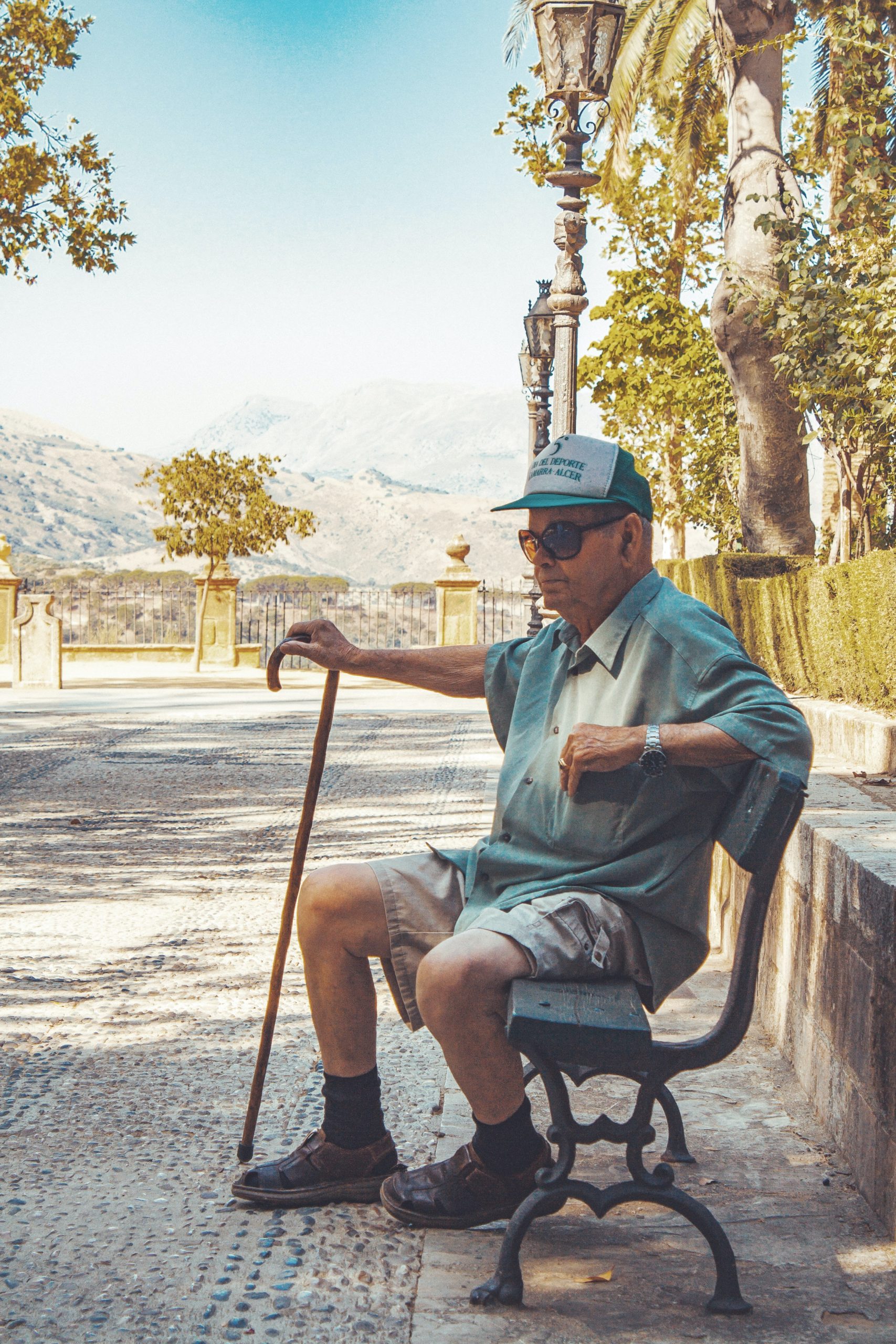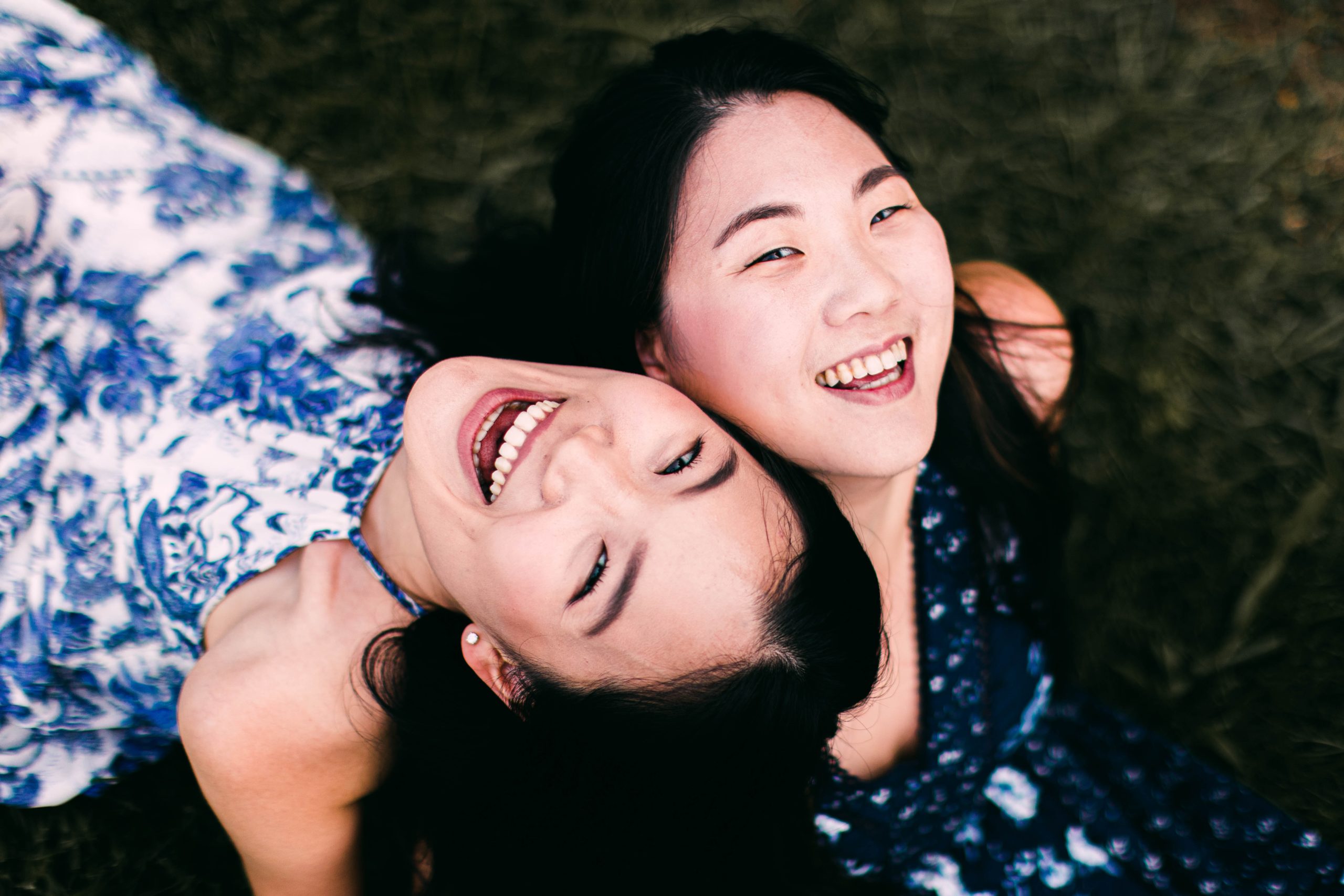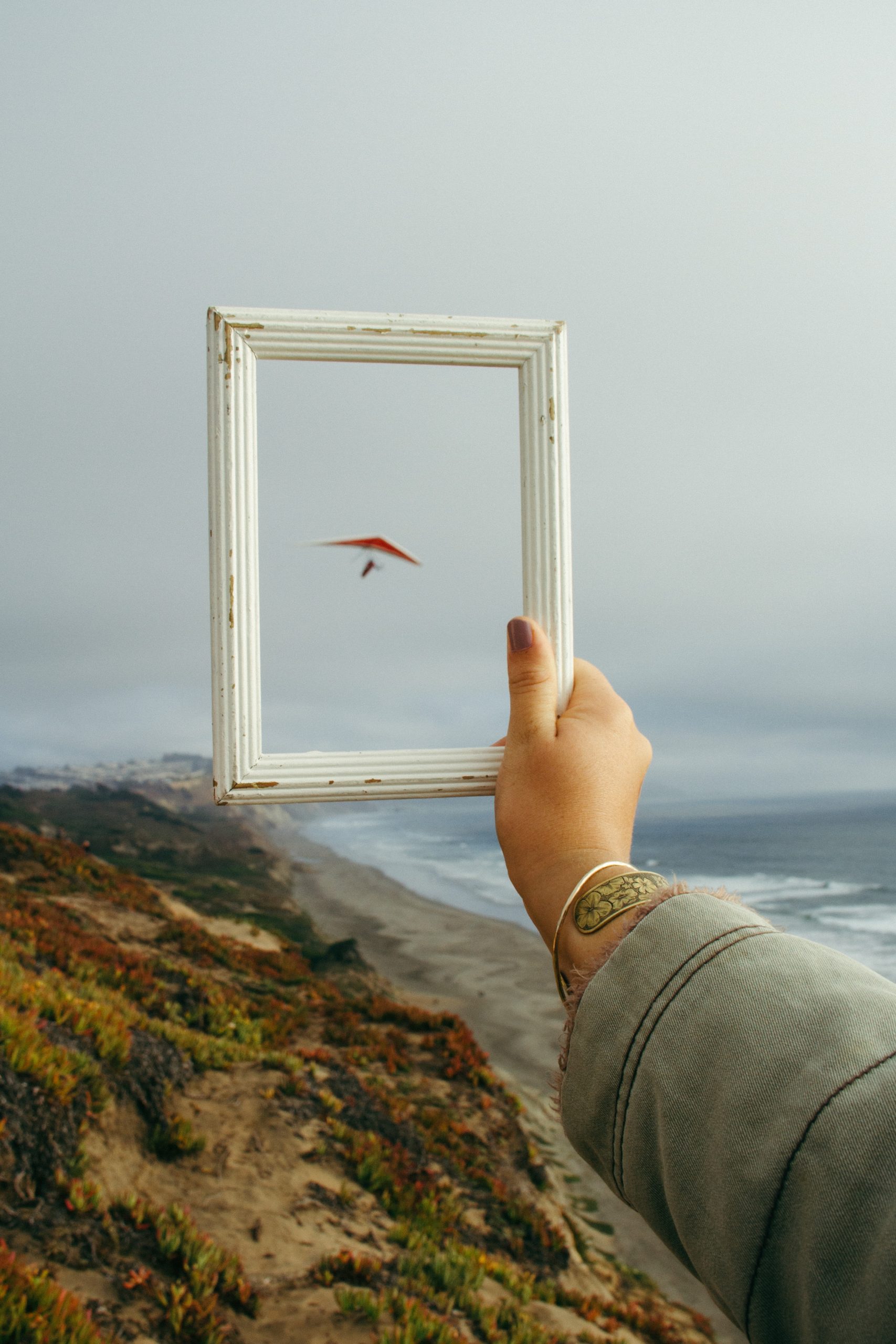
Preventing Slips, Trips, and Falls during the Winter Months
Millions of Americans fall each year, and one’s risk for falling increases dramatically during the winter months. Among older adults, falls are the leading cause of fatal injury and non-fatal traumas, and every 19 minutes an older adult dies from a fall. Further, falls have a substantial financial toll and collectively cost over $50 billion annually. Here are 5 tips for preventing slips, trips, and falls.
Shoes, Shoes, Shoes!
No matter the weather, we should always strive to wear proper footwear – that is
Do You See What I See?
Having your vision regularly assessed is a crucial component of fall prevention. Age-related eye diseases, such as glaucoma and cataracts, can affect your ability to see clearly, and having an untreated condition can affect your ability to walk safely, especially on slippery surfaces. Eye diseases are not the only culprit, though. Of course, you always want to make sure that you are seeing as clearly as possible. When was the last time you had your eyes checked? If it’s been longer than 12 months, it’s time to see the eye doctor.
Review your Medications.
Have you ever read the warning labels on your medicine bottle? Perhaps you should! One of the more common side effects of medications is dizziness or lightheadedness. These side effects can also increase your risk of experiencing a fall. If you experience any of these symptoms, talk to your doctor. There may be another medication with the same benefits you can try that may not give you the same negative effects.
How’s your Health?
Did you know that inner-ear disorders can make you susceptible to falls? What about low blood pressure or even arthritis? Having regular check-ups – at least once every 12 months – is an important part of fall prevention. Talk to your doctor about what might increase your risk of falls, and discuss ways to compensate for or address those issues.
Keep on Movin’!
Research shows that older adults who regularly engage in exercise – of all kinds! – are less likely to experience a fall. Try walking around the block, practicing TaiChi or Yoga, or even balancing on one foot (with a sturdy wall or chair nearby to catch yourself if you become unstable). Any amount of exercise is beneficial for your overall health! The Go4Life campaign has some great exercise videos so you can practice at home!



